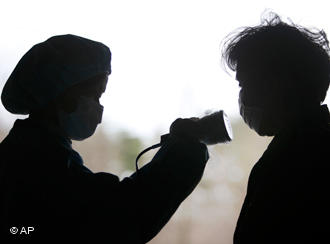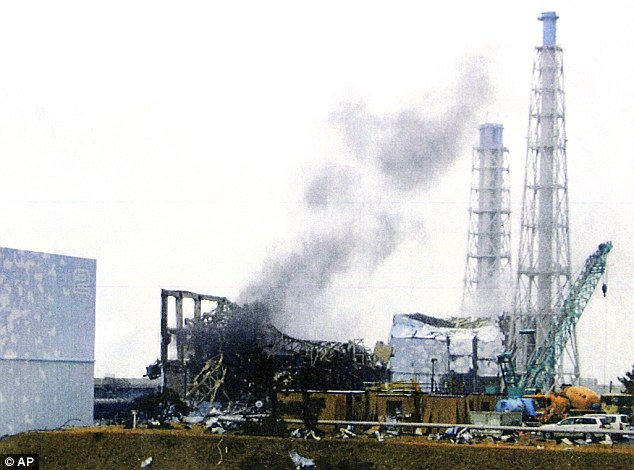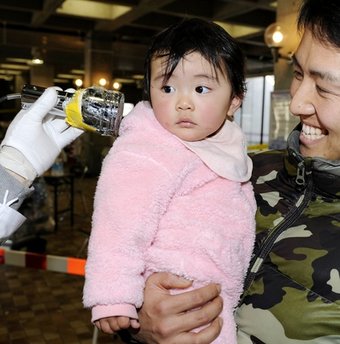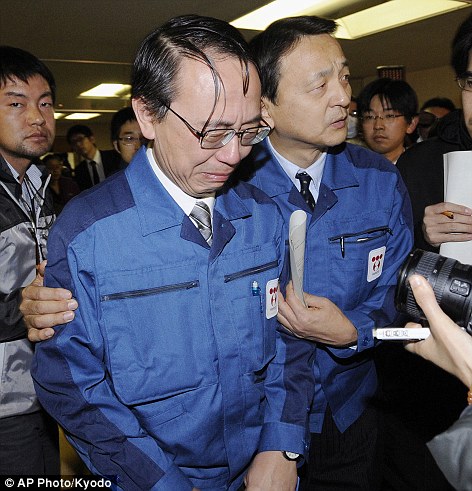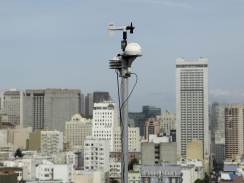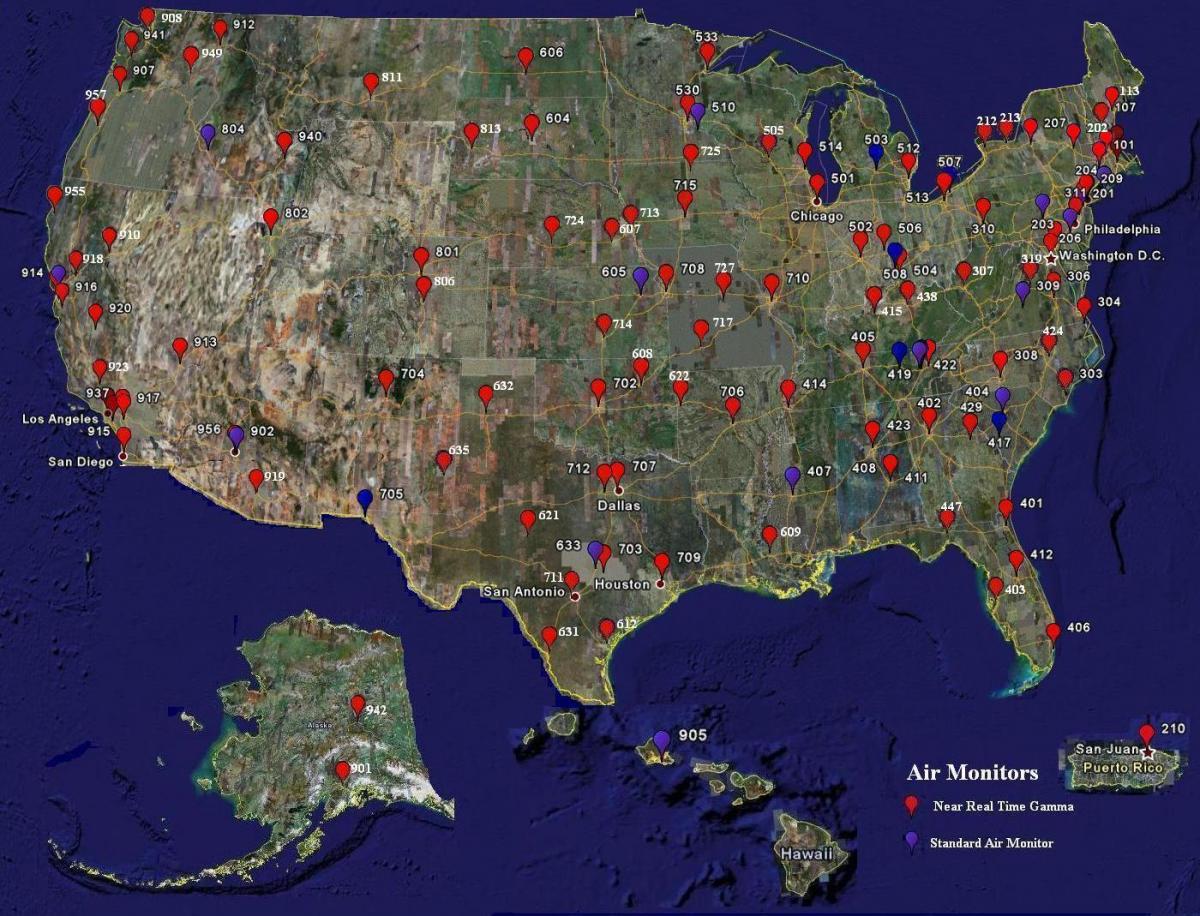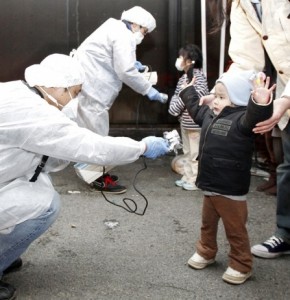Yes, Fukushima is a lot worse than Chernobyl already.
– TEPCO Director Weeps After Finally Admitting The Truth About Fukushima Disaster: Radiation Leak Is Serious Enough To Kill People:
The latest pictures show a whole wall missing from the building housing reactor number four. Inside, a green crane normally used to move spent fuel rods into the storage pool can be seen. Underneath the crane, but not seen in the picture, is the 45ft-deep spent fuel storage pool which has boiled dry.
Exposed: this shots shows a gaping hole in the building of reactor number four. The green crane, circled, is normally used to move spent fuel rods into a 45ft deep storage pond, just out of shot. But the pool has now boiled dry and the spent rods are heating up and releasing radiation
Why is this important and what are the consequences? (MUST-READ!!!):
– Japan Nuclear Meltdown: It’s Much, Much Worse Than It Looks (Thanks To The Stupidity of Nuclear Engineers!)
As Robert Alvarez, a former nuclear energy adviser to President Bill Clinton, has written, if these waste containers, euphemistically called “ponds,” were to be damaged in an explosion and lose their cooling and radiation-shielding water, they could burst into flame from the resulting burning of the highly flammable zirconium cladding of the fuel rods, blasting perhaps three to nine times as much of these materials into the air as was released by the Chernobyl reactor disaster. (And that’s if just one reactor blows!) Each pool, Alvarez says, generally contains five to ten times as much nuclear material as the reactors themselves. Alvarez cites a 1997 Nuclear Regulatory Commission study that predicted that a waste pool fire could render a 188-square-mile area “uninhabitable” and do $59 billion worth of damage (but that was 13 years ago).
See also:
– Fukushima Nuclear Power Plant In Japan: A Dirty Bomb Waiting To Go Off
The dirty bomb has indeed gone off already.
Multiples Worse than Chernobyl

In Japan, coverup and denial persist. In a March 18 press conference, Tokyo Electric’s (TEPCO) spokesman claimed water-dousing lowered radiation levels from 312 microsieverts per hour to 289. However, 48 hours earlier, chief cabinet secretary Yukido Edano said radioactivity levels were misreported in microsieverts instead of millisieverts – 1,000 times stronger.
Contrary to other reports, TEPCO’s spokesman also said water remains in Unit 4’s cooling pool. In fact, there’s none. Nothing the company says is credible.
In contrast, distinguished nuclear expert Helen Caldicott called Fukushima an unprecedented “absolute disaster,” multiples worse than Chernobyl. “The situation is very grim and not just for the Japanese people. If both reactors blow then the whole of the northern hemisphere may be affected. Only one (Chernobyl) reactor blew, and it was only three months old with relatively little radiation. (Fukushima’s) have been operating for 40 years, and would hold about 30 times more radiation than Chernobyl.”
It killed nearly one million people and counting, according to the New York Academy of Sciences (NYAS). Yet the official IAEA figure was 4,000. NYAS’ report said:
“This is a collection of papers translated from the Russian with some revised and updated contributions. Written by leading authorities from Eastern Europe, the volume outlines the history of the health and environmental consequences of the Chernobyl disaster. According to the authors, official discussions from the (IAEA) and associated (UN) agencies (e.g. the Chernobyl reports) have largely downplayed or ignored many of the findingins reported in the Eastern European scientific literature and consequently have erred by not including these assessments.”
In fact, IAEA and UN agencies lied, what’s ongoing now on Fukushima to conceal the greatest ever environmental/human disaster by far. Calling it a “diabolical catastrophe,” Caldicott, in fact, believes “(i)t could be much, much worse than” 30 multiples of Chernobyl. “In the northern hemisphere, many millions could get cancer.” Large parts of Japan may be permanently contaminated, not safe to live in.
Adding a hopeful note, she also thinks “the nuclear industry is finished worldwide. I have said before, unfortunately, the only thing that is capable of stopping this wicked industry is a major catastrophe, and it now looks like this may be it.”
In a March 16 “Destroyer of Worlds” statement, she added:
“The world is now paying – and will pay however severe Fukushima turns out to be – a grave price for the nuclear industry’s hubris and the arrogance and greed that fueled their drive to build more and more reactors. What’s more, having bamboozled gullible politicians, the media, and much of the public into believing that it is a ‘clean and green’ solution to the problem of global warming, the nuclear industry has operated facilities improperly, with little or no regard for safety regulations, and they have often done this with the connivance of government authorities.”
Read moreJapan Nuclear Meltdown: Multiple Times Worse than Chernobyl

